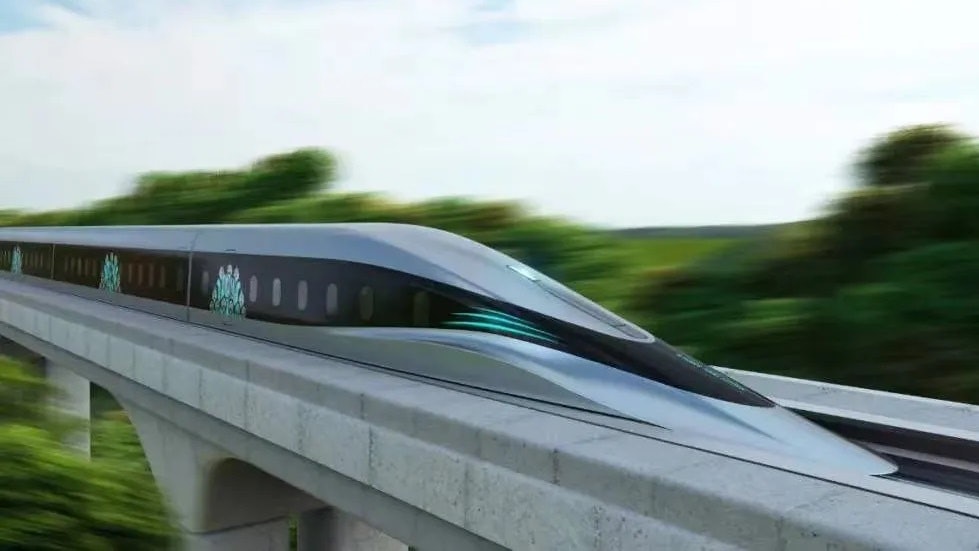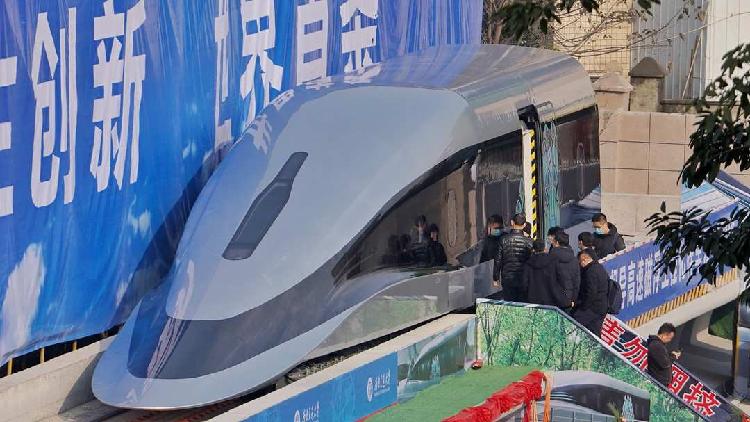At the launch ceremony on 13 January in Chengdu, the 21-meter-long locomotive prototype was seen floating slowly along the track. Experts hailed the key development of HTS technology emerging from lab tests in China. A 165-meter line to test the new train was launched on the same day, reports China’s state-run Xinhua News Agency.

“Although the theory sounds good, everyone saw it (HTS maglev technology) as a lab toy in the past, without tests in a real situation,” said Deng Zigang, deputy director of the university’s research center for super-high-speed maglev transport in low-pressure tubes.
Levitating train
Maglev trains, levitated from the tracks and propelled by powerful magnets to avoid wheel-rail friction, are designed to break the speed bottlenecks facing high-speed trains. China’s first commercial maglev system was put into operation in 2003 in Shanghai and has a maximum speed of 431 kilometers per hour. The 30-km stretch between downtown and the city’s Pudong airport is based on German maglev technology of ‘electromagnetic suspension’ (EMS).

Compared with other maglev technologies, HTS tech is more suitable for the futuristic concept of superfast transportation in vacuum tubes, where trains could hit speeds of over 1.000 kilometers per hour, according to experts.
“The HTS technology can make the train float without electricity, and it can be moved with just one hand”, said Deng Zigang. According to the report, at the launch a reporter succeeded in moving the 12-tonne levitated locomotive with one finger.
Current 100 kph maglev line
China’s first medium-and-low speed maglev line fully supported by the country’s own EMS technology started operations in May 2016 in Changsha, Hunan Province, Xinhua reports. It has a design speed of 100 kilometers per hour. Involving an investment of 60 million yuan (7.6 million euros), the HTS maglev project was jointly developed by Southwest Jiaotong University, China Railway Group Limited and CRRC Corporation Limited.














